Water and Flood Damage
Blog post Top 5 Things to Know About Water and Flood Damage Don’t be left wondering what to do...
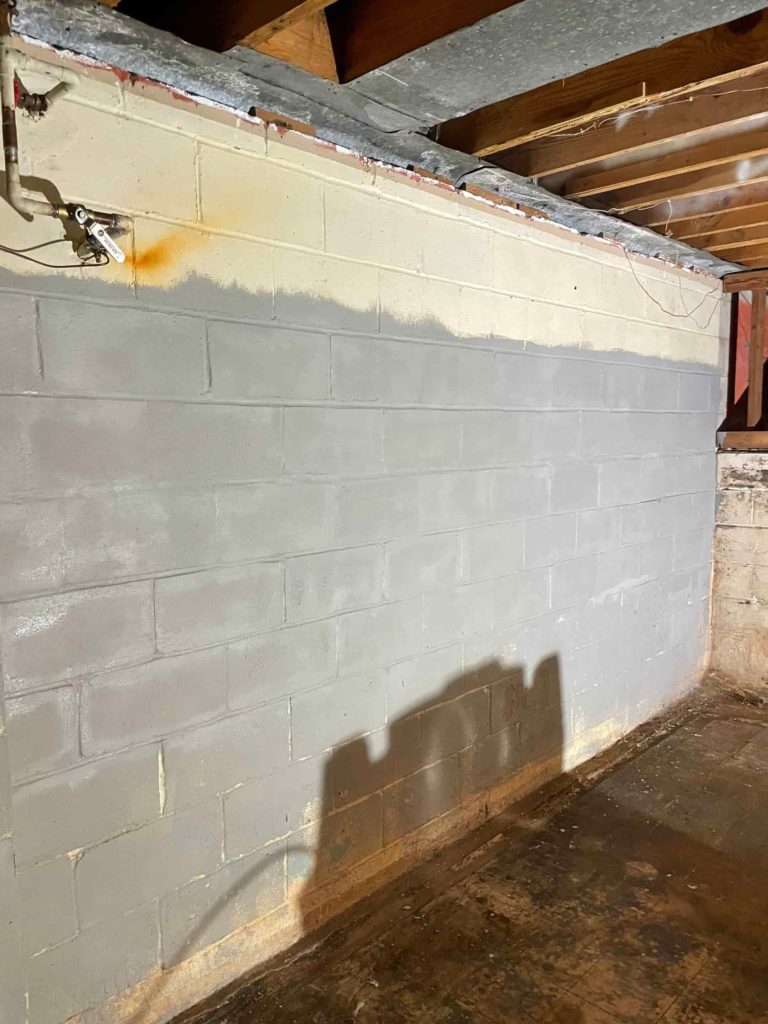
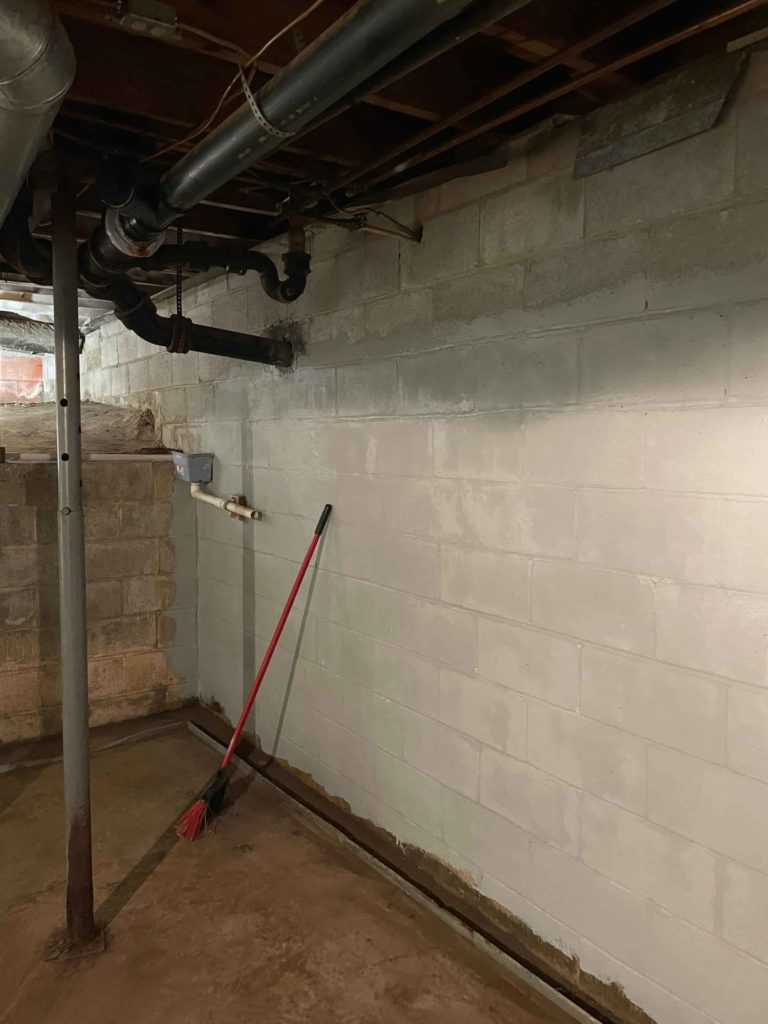
Here in Atlanta, we get a lot of questions about sealant-based interior basement waterproofing and drainage system with a sump pump. What Is more effective? Can it prevent your house from flooding? And what are the limitations of these kinds of waterproofing treatments?
If there’s one thing that can give you peace of mind during all seasons in Atlanta, it’s a waterproof basement.
In this article, we’ll help answer those questions so that you can decide if it’s time to waterproof your basement. If the answer is yes, our trusted team at One Stop Restoration can help you get started.
Interior waterproofing for your basement ensures that water buildup in the soil surrounding your foundation doesn’t seep through your basement walls.
It’s done through a treatment process that includes:
Assessing and fixing any problems in the foundation walls. Over time, cracks can naturally appear as the house settles or your area experiences heavy rainfall. These cracks will need to be filled before applying the sealant.
Stripping the walls of paint or efflorescence. Any residue or substance that will prevent the sealant from properly adhering to the basement walls will need to be removed, either chemically or manually. We will also wash the walls to remove dirt or dust.
Applying a waterproofing membrane to the interior of your walls. Some sealants can be sprayed while others will be painted. We’ll choose the one that fits your budget and has the highest rating for success.
Drying and returning your space to you! Depending on the weather, sealants can take anywhere between 24 hours and a few days to dry completely. Once we’re sure that the sealant has been properly applied and dried, we’ll remove our work equipment and hand your basement back to you!
Many people rely on sealant-based waterproofing for basements because it’s more affordable and less invasive than other options, like installing a physical drainage system. And as long as it’s installed correctly, it can effectively keep water out of your basement.
Not everyone, though, is willing to cover their basement walls with a chemical-based product. This is especially true if you live in a very old home with a stone wall basement.
Additionally, there is a risk that if the ground soil around your home is saturated with water, it will remain trapped in your foundation walls instead of draining away. So, while your basement will be sealed off from water seepage, you could risk damaging the concrete underneath over a long period of time.
So, while effective and economic, it’s important to consider some of the potential drawbacks of a sealant-based waterproofing treatment.
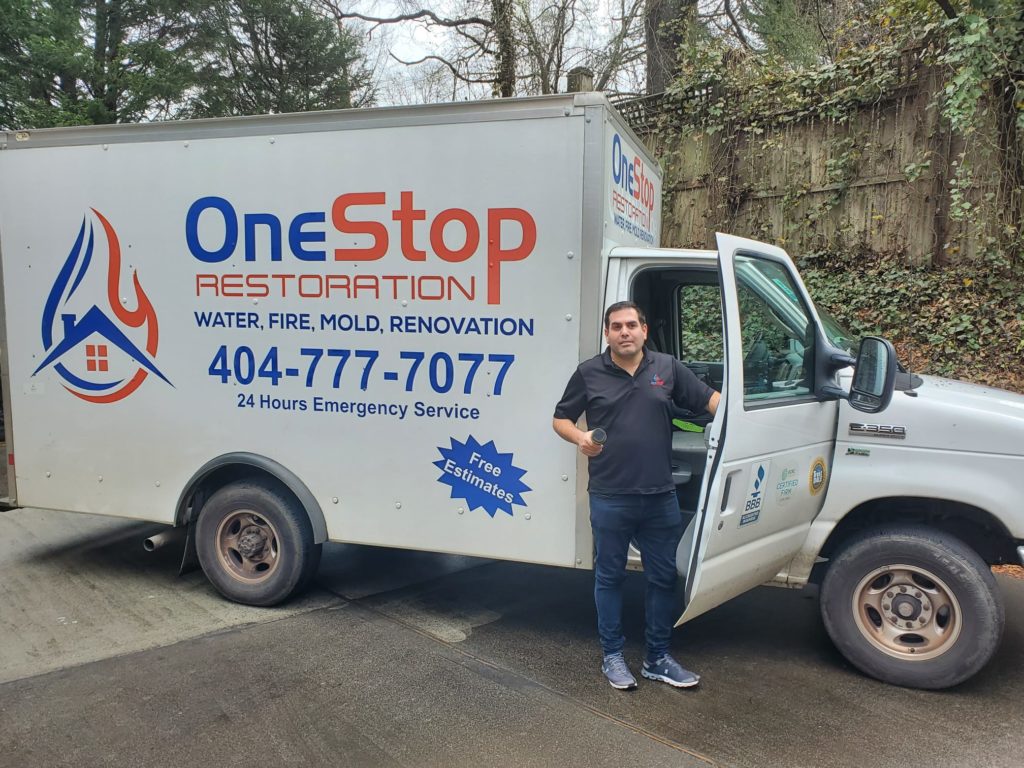
The second option to install a drainage system, which considered to be the gold standard of basement waterproofing. This system includes installing an effective drainage system with a sump pump.
This type of system is ideal for an area like Atlanta that has a high water table and frequent storms.
That’s because, instead of trying to keep the water out of your basement completely, it works to channel the water to a pump that can direct the water away from your home.
Unlike some other waterproofing methods, installing a sump pump is a more labor-intensive process. Here’s how we do it, step-by-step:
First, we pull up your basement flooring around the foundation perimeter. Using tools like jackhammers, we’ll set about breaking up the concrete floor along the walls of your basement to create a trench. During this step, we take special care to avoid damaging any pipework that might run underneath your basement floor.
Next, we drill weep holes in the concrete wall. We all know that water flows in the path of least resistance, which is why we drill weep holes in strategic locations where we want external water to drain.
Drain pipe installation. In this step, we’ll lay a drain pipe to collect the water runoff from the weep holes.
Time to lay the drainage gravel aggregate. The drain pipe needs to be surrounded on all sides by a porous material, like gravel, through which the water can flow.
Installation of the sump basin and sump pump. A sump pump is a mechanized device that turns on and off when it detects water accumulating your basement. When the sump pump is activated, it will physically pump the water out of the drainage system and away from your home.
Installation of the external drain pipe. All that water has to go somewhere, and usually that means installing a drain pipe in your yard. We’ll dig a trench that extends to a safe distance away from your home so that the water doesn’t end up flowing back to your basement.
Finally, we lay the concrete. We’ll finish off the process by replacing the concrete so that the entire drainage system is out of sight. By the end, your basement floor will look brand new!
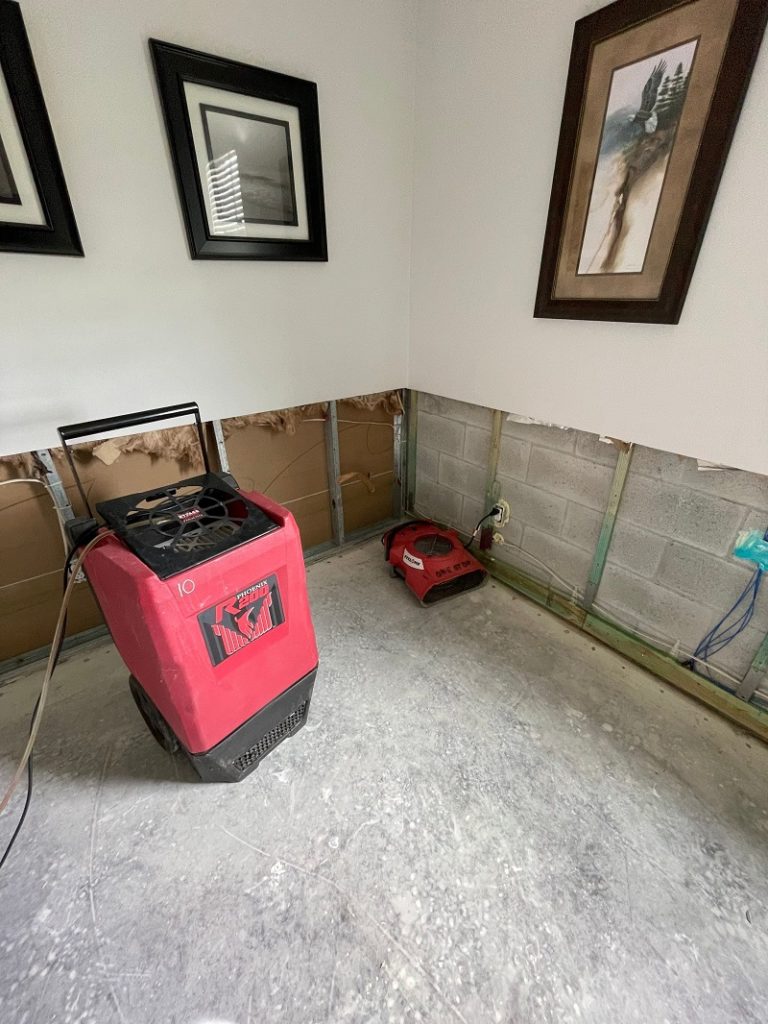
It is possible to install a sump pump without the drainage pipes around the perimeter of your basement walls. But while it should protect your basement from serious flooding, this method won’t give you an entirely waterproof basement.
A sump pump-based waterproofing system is incredibly effective at keeping your basement dry. But it does have its limitations.
For one thing, it functions on electric power. If you experience a power outage and you don’t have a generator, your sump pump will stop working.
Another drawback is the cost. Installing this kind of drainage system is labor-intensive, since we have to dig trenches in your basement and your yard as well as lay concrete.
It’s also important to keep in mind that as an integrated system of drains and the sump pump, this waterproofing process does sometimes take maintenance. It’s not a one-and-done process like applying a sealant. You’ll need to make sure that the drainage system is working periodically and before any upcoming storms.
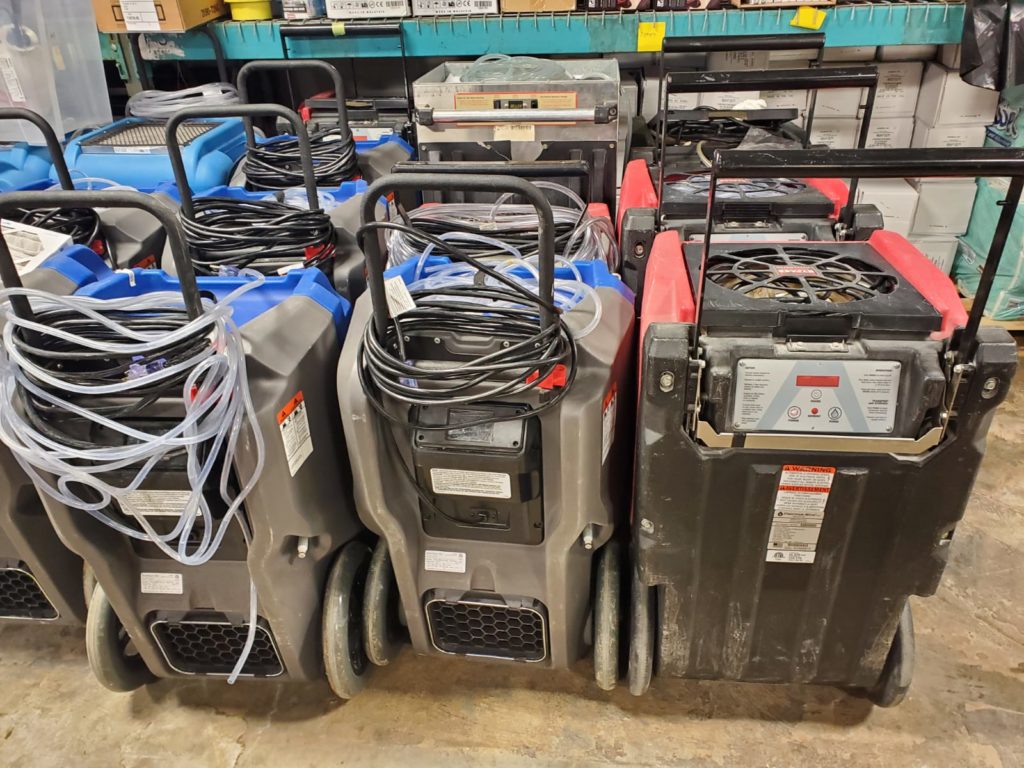
When your home was built, the contractors likely already took measures to waterproof your basement. They may have applied a waterproofing sealant and membrane on the exterior of your basement walls and filled the soil around your home to promote drainage away from the foundation.
But, sometime down the line, you’ll also need to waterproof the interior of your basement, if:
You notice that the walls of your basement are wet.
You experience flooding when it rains, or your area has undergone increasingly more intense storms since your home was built.
There are visible cracks in your basement walls.
You’ve dealt with or are dealing with a recurrent mold problem.
You want to finish your basement with drywall.
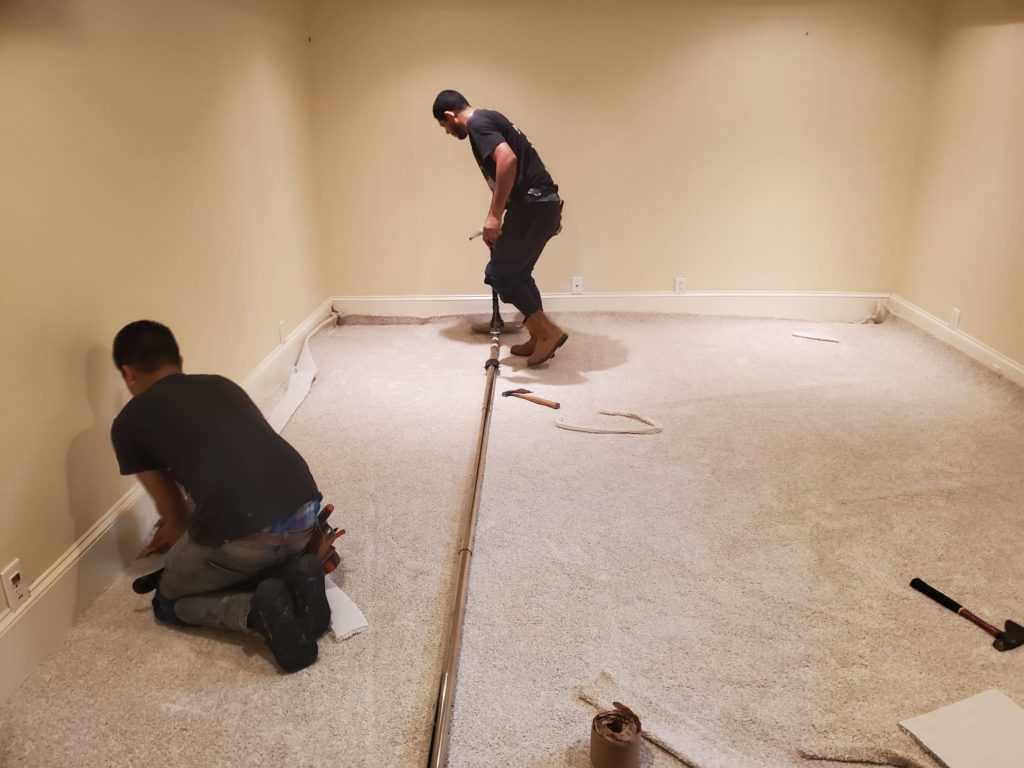
If you want to learn more about sealant-based waterproofing or drainage system, we can help answer all of your questions here at One Stop Restoration. We know about the conditions and unique challenges for homeowners in Atlanta, and we can recommend a waterproofing system that will keep your home safe and dry.
We are the right fire and smoke restoration firm for your emergencies because of the following:
Blog post Top 5 Things to Know About Water and Flood Damage Don’t be left wondering what to do...
Blog post Mold Remedation As a homeowner, the mere mention of mold might give you a cold sweat. It’s...

© 2022 One Stop Restoration
All Rights Reserved